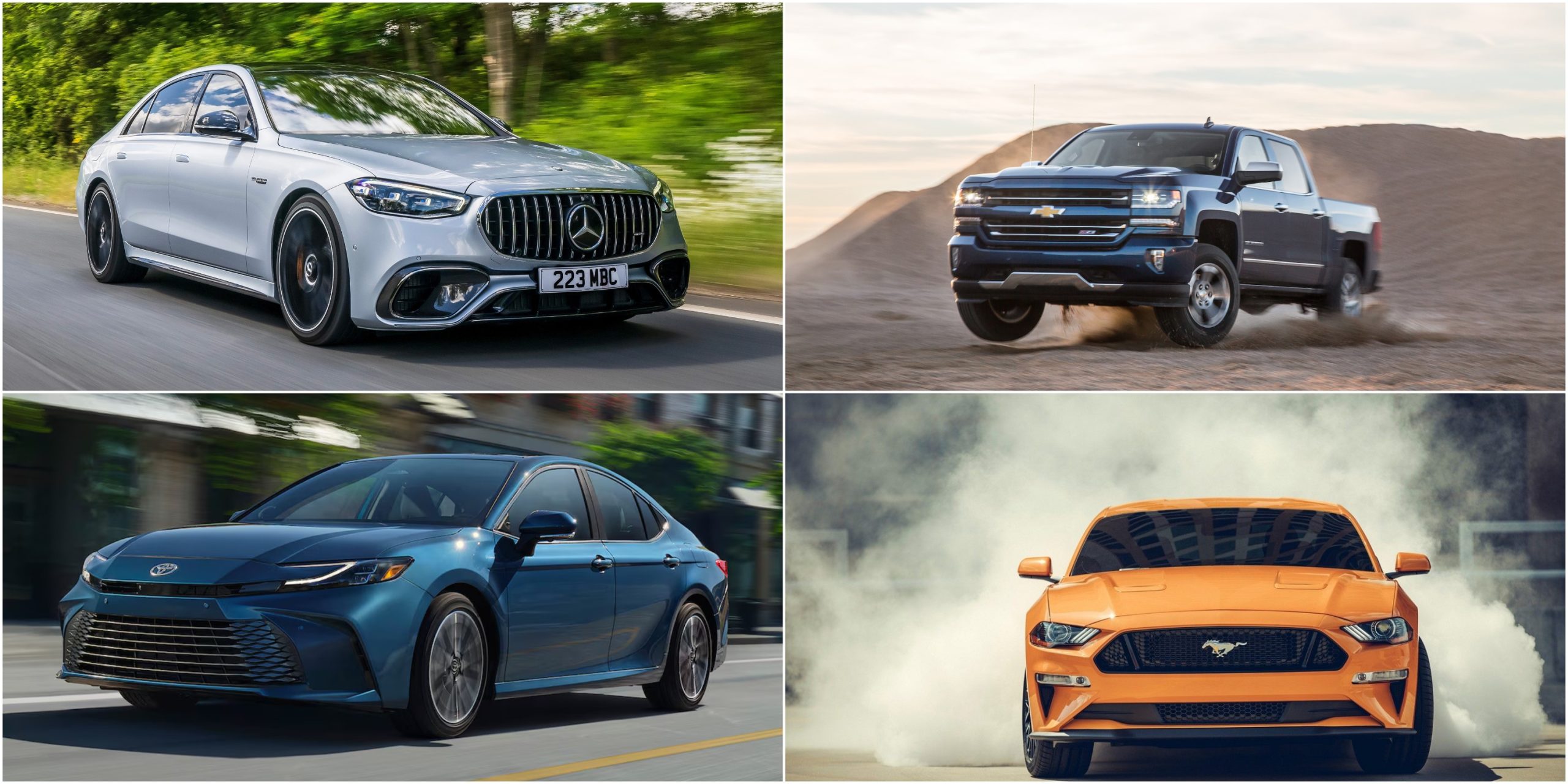In the world of automobiles, the nameplate represents more than just a brand or a model—it is a symbol of a vehicle’s identity, heritage, and the technological advancements behind it.
Over the years, nameplates, which are essentially the monikers given to car models, have evolved significantly, reflecting not only changing consumer tastes but also shifts in engineering, design, and environmental standards.
Some nameplates have withstood the test of time, adapting to new trends and improving with every generation, while others have faltered, losing the appeal that once made them popular.
The automotive industry has seen several shifts in how cars are marketed, with many nameplates either maintaining or improving their relevance over time. While manufacturers strive to innovate, certain nameplates have grown stronger due to a blend of cutting-edge design, advanced technology, and consumer demand for eco-friendly options.
These cars tend to stay at the forefront of the market, continuously setting trends in performance, safety, and efficiency. On the other hand, some nameplates have struggled to maintain their appeal, often due to outdated designs, a failure to adapt to changing consumer needs, or a lack of innovation.
These vehicles may have had a strong initial impact, but found themselves left behind as competitors evolved. This article takes a closer look at five nameplates that have significantly improved over time, as well as five that have seen a decline in popularity, exploring the factors behind their rise and fall.
Nameplates That Got Better Over Time
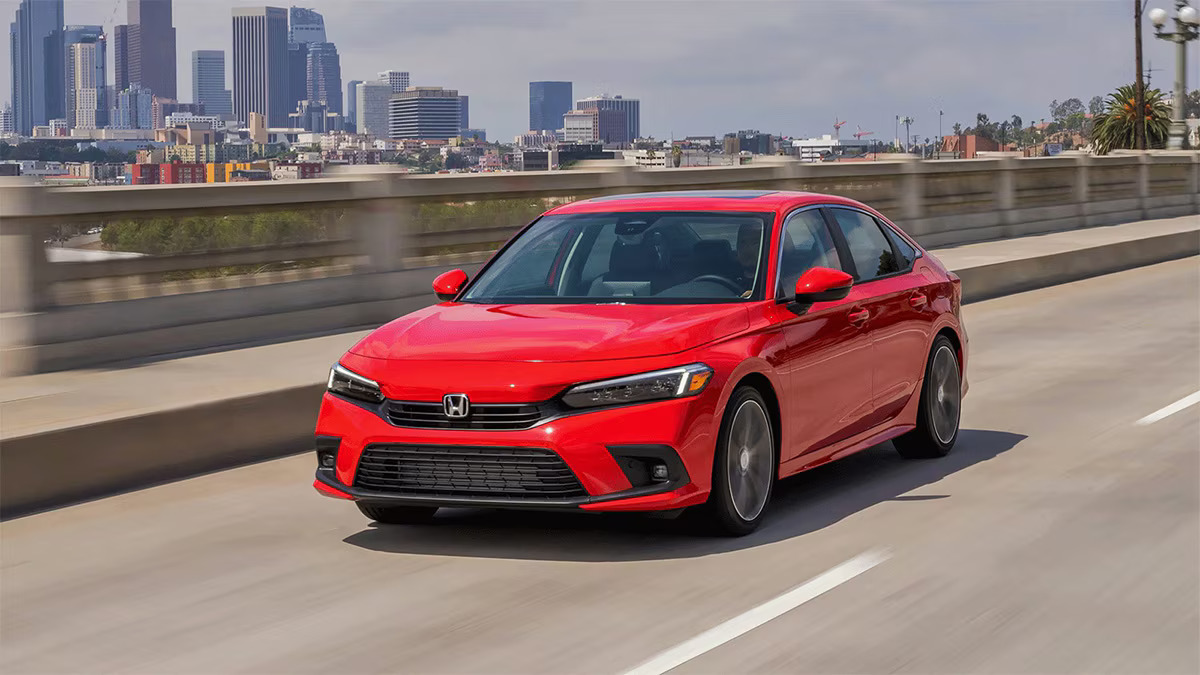
1. Honda Civic
The Honda Civic is a nameplate that has experienced substantial improvement over the years. Originally launched in 1972, it was designed as a compact and affordable car, catering to an audience looking for a reliable and economical mode of transportation.
Early models were known for their simplicity and practicality, offering excellent fuel economy and low maintenance costs. However, as the years went on, the Civic transformed into a more refined and technologically advanced vehicle, appealing to a wider audience.
The 1980s and 1990s saw the Civic evolve, with more sporty designs, improved safety features, and a shift towards more premium materials in the interior. With each new generation, Honda refined the Civic’s handling, engine performance, and technology offerings, while maintaining its reputation for reliability and efficiency.
The introduction of hybrid models in the early 2000s further enhanced the Civic’s appeal, positioning it as an environmentally conscious choice for consumers.
Today, the Honda Civic stands as a leader in the compact car segment, with modern iterations offering cutting-edge infotainment, advanced driver assistance systems, and a variety of powertrains, including turbocharged engines and hybrid options.
It continues to win awards for safety and remains one of the best-selling vehicles globally, proving that a nameplate can improve significantly over time when manufacturers listen to consumer preferences and technological advancements.
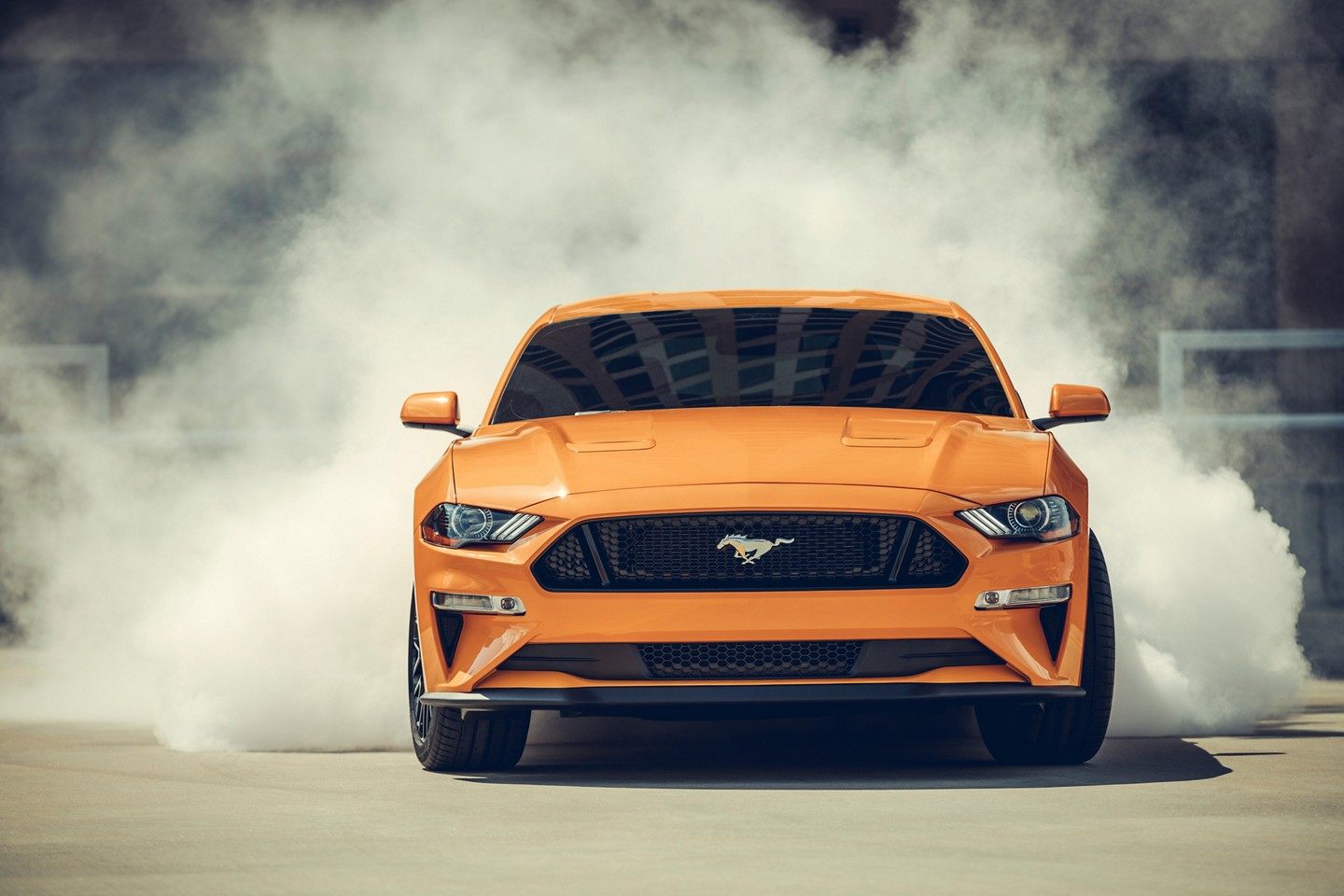
2. Ford Mustang
The Ford Mustang has had an iconic history since its debut in 1964, and over time, it has only gotten better, both in terms of design and performance.
The original Mustang was a muscle car that captured the imagination of American car enthusiasts with its powerful V8 engine, stylish design, and affordability. However, as emissions regulations and fuel economy standards became stricter, the Mustang saw a shift away from its bold muscle car roots, especially during the 1970s and early 1980s.
Fast forward to the mid-2000s, and Ford revitalized the Mustang with a modern take on its classic design while retaining the spirit of the original. With a sleeker, more refined exterior, updated interiors, and powerful engine options, including the introduction of the turbocharged EcoBoost engine, the Mustang appealed to both traditional muscle car fans and those looking for a more efficient, technologically advanced vehicle.
The integration of advanced safety features, such as stability control and blind-spot monitoring, has further enhanced the Mustang’s appeal.
The latest models of the Ford Mustang continue to offer impressive performance, with a range of engines that provide both power and fuel efficiency.
Whether in its V8 GT form or the more eco-friendly EcoBoost, the Mustang delivers a combination of modern amenities and exhilarating driving dynamics that have made it more appealing than ever. Ford’s ability to blend heritage with innovation has ensured that the Mustang remains a relevant and beloved nameplate.
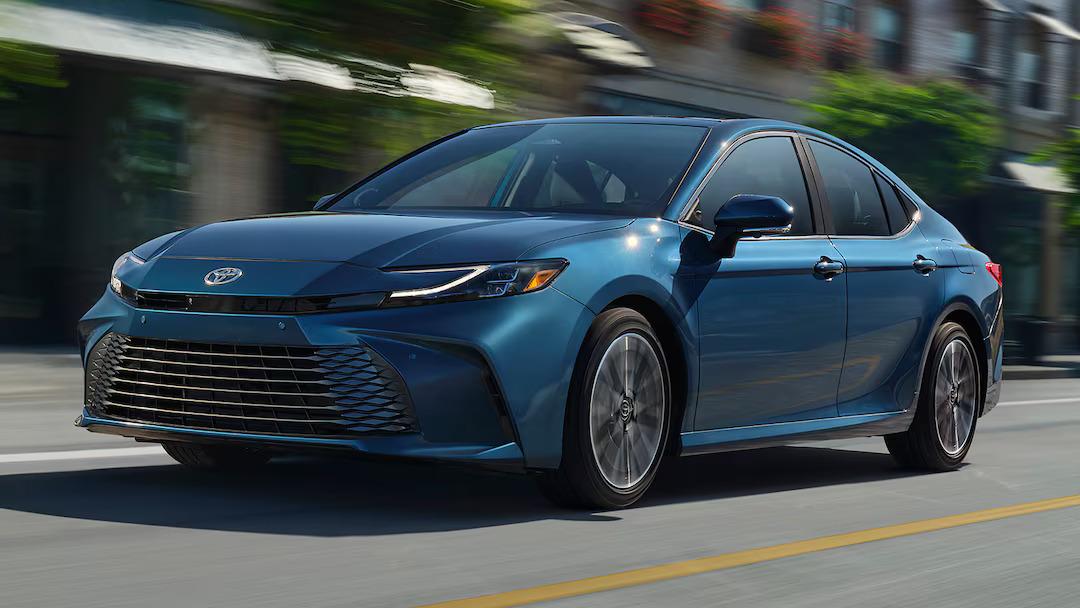
3. Toyota Camry
When the Toyota Camry was first introduced in 1982, it was a modest family sedan known for its reliability and practicality. Over the years, the Camry has evolved into one of the best-selling vehicles in the world, thanks to Toyota’s ability to adapt to changing consumer demands and trends.
Early models were basic in terms of design and features, but the Camry quickly gained popularity due to its reputation for longevity and low operating costs. By the 1990s and 2000s, the Camry began to incorporate more modern technologies, including powertrain improvements, more comfortable interiors, and an emphasis on safety.
The 2010s saw the introduction of hybrid variants, making the Camry even more attractive to eco-conscious buyers. The Camry’s ability to strike a balance between value, performance, and comfort has kept it relevant through the years, even as competition in the midsize sedan segment has increased.
The most recent versions of the Camry are loaded with advanced technology, including a cutting-edge infotainment system, a host of active safety features, and a sportier exterior design.
The addition of a sportier SE trim, along with the continued availability of hybrid powertrains, has allowed the Camry to maintain its reputation for reliability while appealing to a more diverse range of customers. Toyota’s consistent focus on innovation and quality has made the Camry one of the most successful nameplates in automotive history.
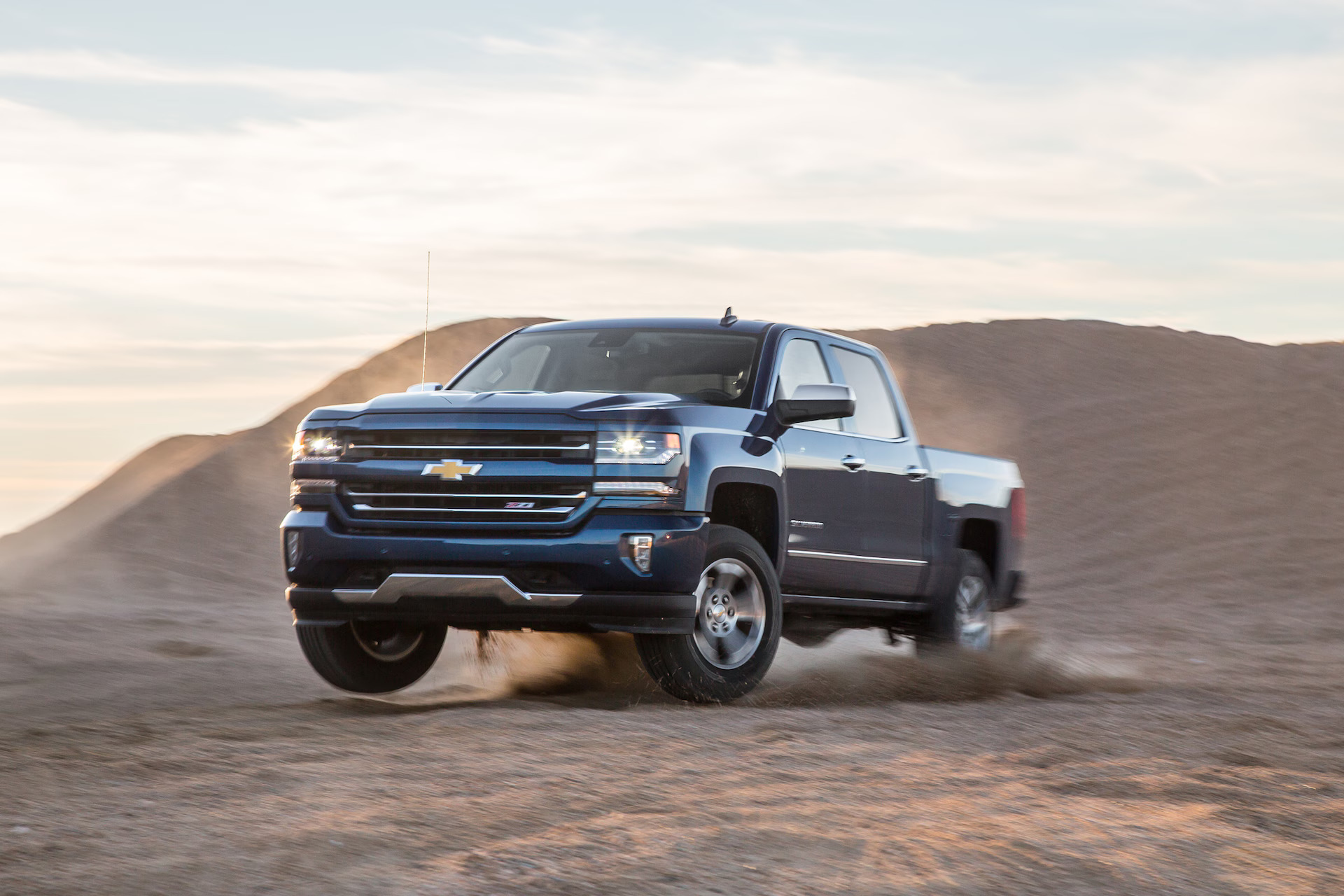
4. Chevrolet Silverado
Introduced in 1998 as the successor to the Chevrolet C/K series of trucks, the Silverado has undergone numerous upgrades and changes to become one of the most popular full-size pickup trucks in America.
Initially, the Silverado was a solid and dependable truck with a rugged design, but over the years, it has evolved into a more refined and technologically advanced vehicle, keeping up with the demands of modern truck buyers.
In the 2000s and 2010s, Chevrolet focused on improving the Silverado’s performance by offering a variety of engine options, including fuel-efficient V6 engines and powerful V8 engines, all while maintaining the truck’s durability.
Advanced safety technologies, improved towing capacities, and interior comforts, such as modern infotainment systems and driver-assistance features, have made the Silverado more appealing to a wider range of buyers, from work truck owners to luxury truck enthusiasts.
The latest generation of the Chevrolet Silverado features even more refinement, with high-tech features like adaptive cruise control, lane-keeping assist, and a more modern design. It offers exceptional towing and payload capacities, making it an ideal option for those who need a truck that can handle both work and play.
Through a combination of improved engineering, design, and technology, the Silverado has cemented its place as a top contender in the highly competitive pickup truck market.
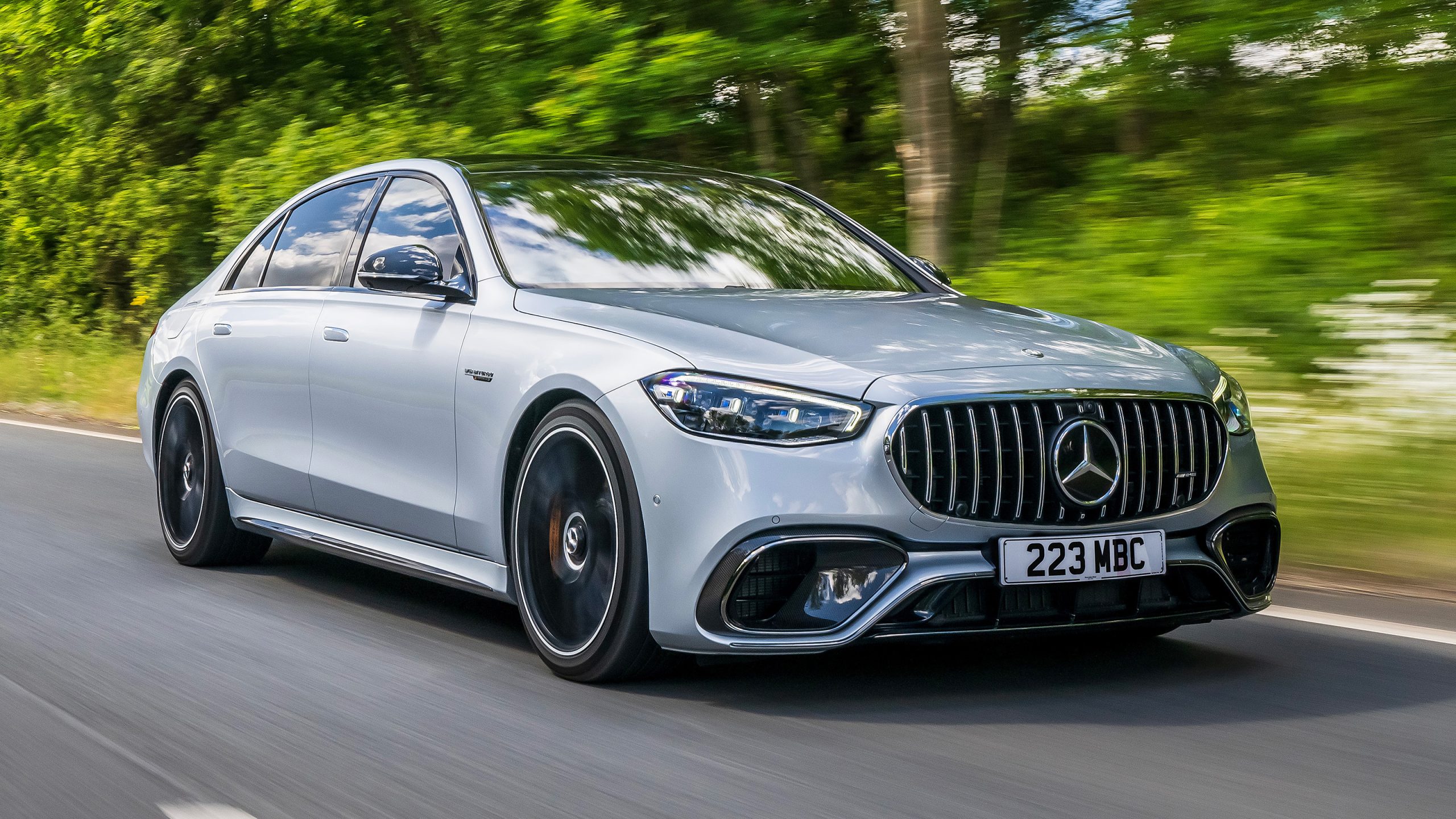
5. Mercedes-Benz S-Class
The Mercedes-Benz S-Class has long been synonymous with luxury, performance, and cutting-edge technology. Since its debut in 1954 as the 220, the S-Class has been the flagship sedan for the German automaker, showcasing the pinnacle of automotive engineering. Over the years, the S-Class has consistently raised the bar, offering innovations that later found their way into other vehicles across the automotive industry.
One of the most important improvements to the S-Class was the introduction of advanced safety features. In the 1990s, Mercedes-Benz pioneered the inclusion of technologies like traction control and electronic stability control in its S-Class models, setting new standards for vehicle safety.
As the years progressed, the S-Class continued to push the boundaries with innovations such as adaptive suspension systems, self-parking capabilities, and cutting-edge infotainment systems.
The latest iterations of the Mercedes-Benz S-Class continue to impress with their combination of advanced technology, unparalleled luxury, and exhilarating performance. With features like augmented reality navigation, 3D displays, and advanced driver-assistance systems, the S-Class remains the epitome of automotive luxury.
Mercedes-Benz’s commitment to excellence ensures that the S-Class will continue to set the standard for the luxury sedan segment.
Nameplates That Got Worse Over Time
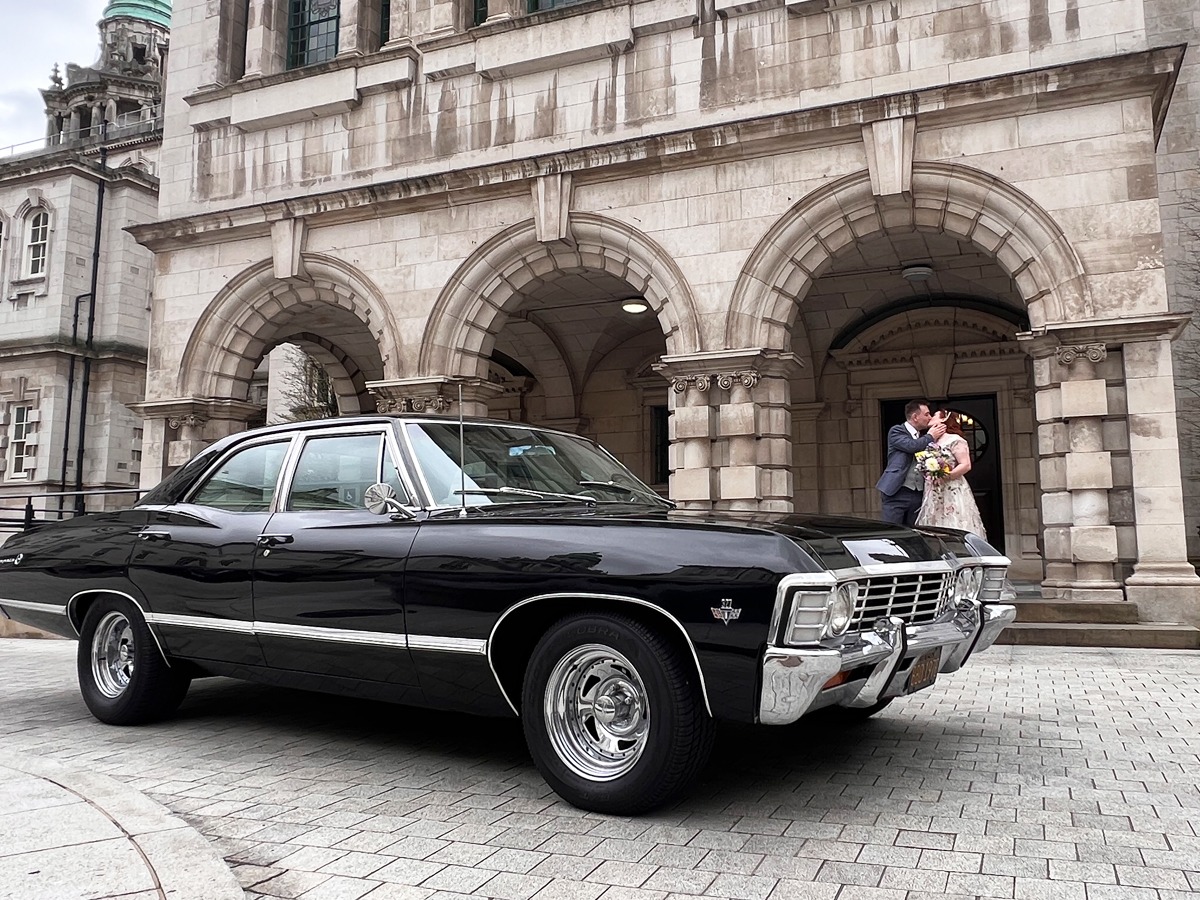
1. Chevrolet Impala
The Chevrolet Impala is one of the most storied nameplates in American automotive history, originally launched in 1958. Over the years, it became synonymous with style, performance, and family-friendly comfort.
The Impala reached its peak in the 1960s, thanks to its elegant design, powerful V8 engines, and smooth ride. However, the nameplate’s journey has been far less consistent in the following decades.
While the Impala continued to enjoy moderate success through the 1970s and 1980s, it began to lose its edge as consumer tastes shifted. The 1990s saw the Impala become a more practical, mass-market vehicle with less emphasis on style and performance.
By the time the late 2000s, the Impala was a shadow of its former self, with a dated design and an uninspiring driving experience. Chevrolet’s decision to focus on value over excitement led to a decline in the Impala’s appeal, and by 2020, the nameplate was discontinued.
The decline of the Chevrolet Impala highlights how a once-revolutionary nameplate can become irrelevant when it fails to adapt to changing consumer preferences. Despite its rich history, the Impala struggled to maintain its identity in an increasingly competitive market, leading to its demise.

2. Ford Focus
The Ford Focus was once one of the most popular compact cars in the world, lauded for its European-inspired design, sharp handling, and fuel efficiency. First introduced in 1998, the Focus quickly became a favorite for those seeking a practical yet enjoyable vehicle.
Over the years, Ford updated the Focus to include new technologies, a more refined design, and more efficient powertrains. However, in recent years, the Focus has lost some of its appeal, especially in the North American market.
One of the key factors in the Focus’s decline was Ford’s decision to shift its focus away from small sedans and hatchbacks in favor of SUVs and trucks. While the Focus remained popular in Europe, sales in North America began to slip, especially as competition from other compact cars like the Honda Civic and Toyota Corolla intensified.
Additionally, the Focus was plagued by issues related to its transmission, particularly in models equipped with the PowerShift dual-clutch transmission, leading to customer dissatisfaction and negative reviews.
Ford’s decision to discontinue the sedan version of the Focus in the U.S. market in favor of more lucrative SUVs and crossovers signaled the end of an era for the once-popular nameplate. Although the Focus still maintains a presence in certain global markets, it no longer holds the same significance as it once did in North America.
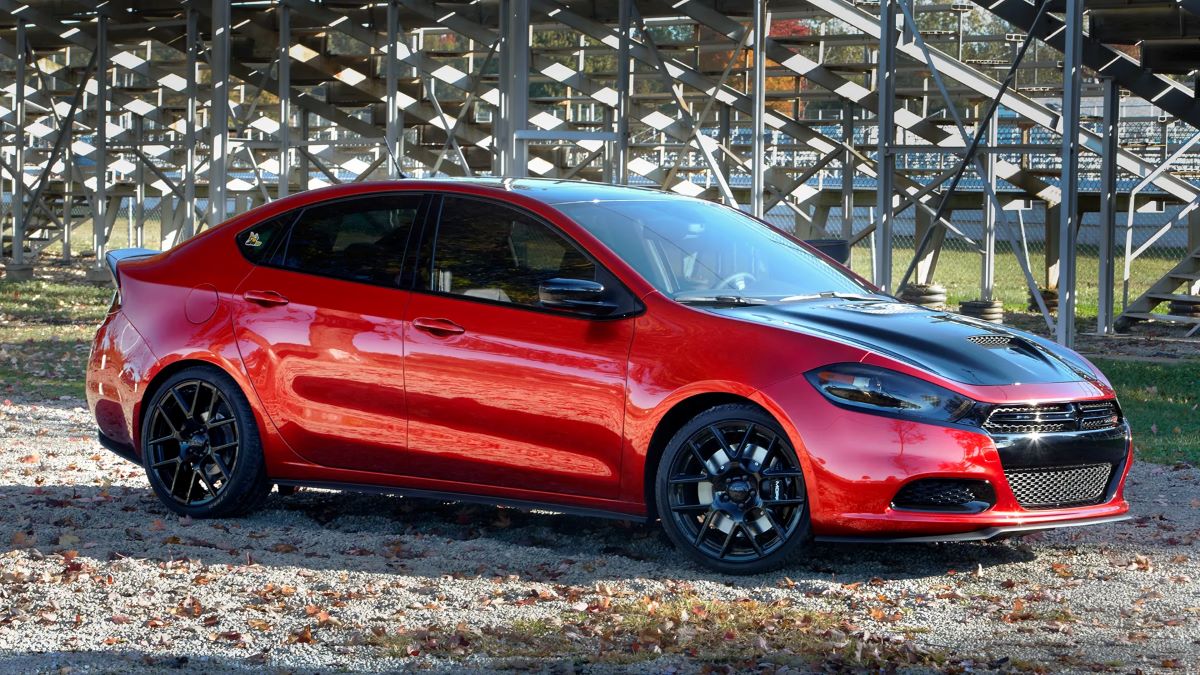
3. Dodge Dart
The Dodge Dart nameplate has a tumultuous history, with the car itself experiencing a series of highs and lows. Initially launched in 1960, the Dart was a compact car that gained popularity for its affordability and practicality. It enjoyed success during the 1960s and 1970s, particularly as a result of its performance variants, which earned the car a spot in the muscle car market.
However, after its initial success, the Dart struggled to keep up with changing consumer preferences. The model was discontinued in 1976 due to declining sales, only to be revived in 2013. Unfortunately, the modern-day Dart, which was built on a platform shared with the Chrysler 200, failed to make a significant impact.
Despite its relatively modern design and features, the Dart’s performance was underwhelming, and its build quality was criticized for being subpar compared to its competitors.
Dodge discontinued the Dart in 2016 after a short and largely unsuccessful run. The revival of the Dart serves as a cautionary tale about the challenges of resurrecting a nameplate without addressing the underlying issues that caused its previous downfall. Despite a rich history, the Dart’s comeback failed to meet expectations, and it faded into obscurity.
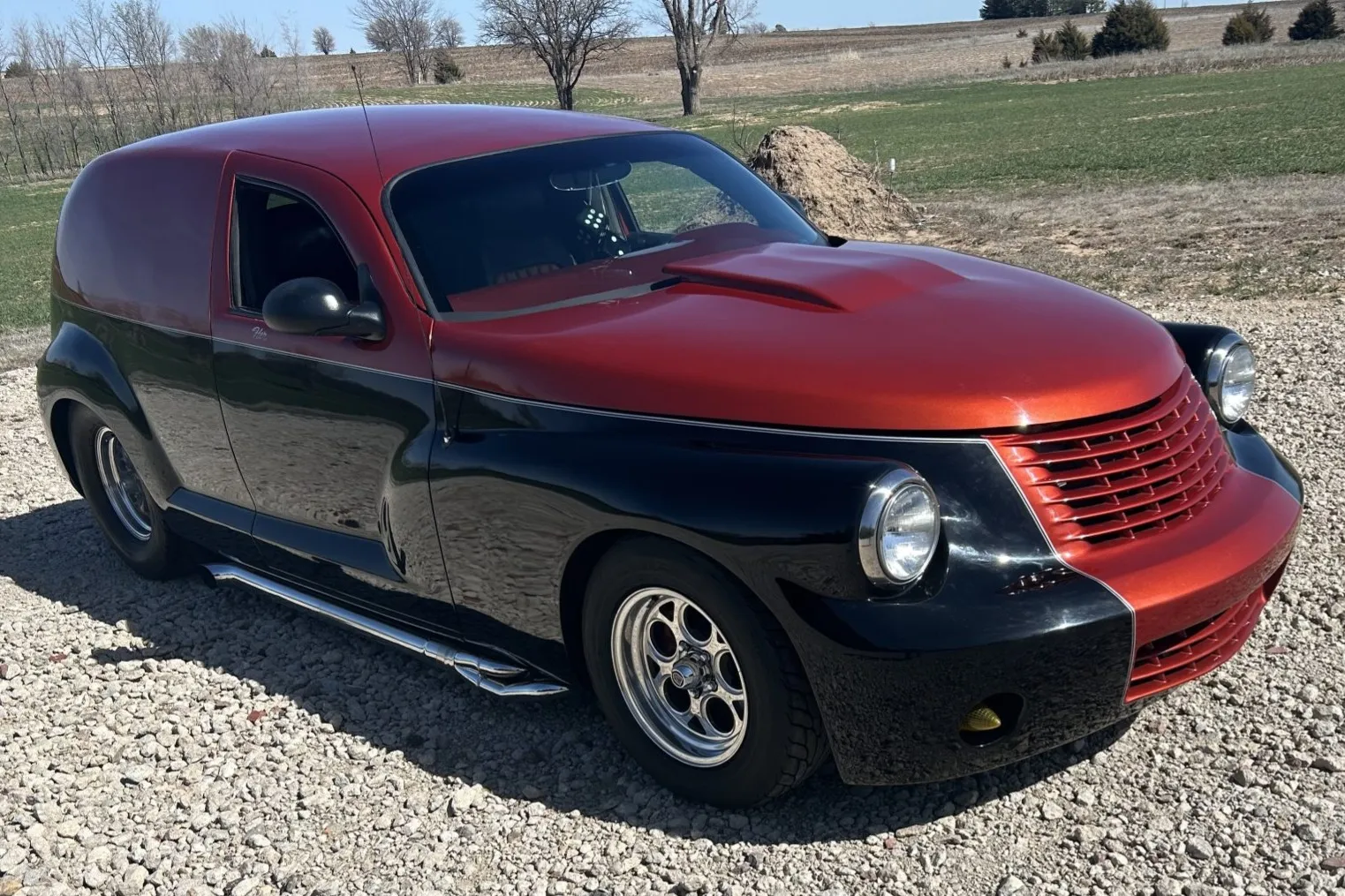
4. Chrysler PT Cruiser
When the Chrysler PT Cruiser was first introduced in 2000, it was hailed as a quirky and unique vehicle with retro styling that appealed to consumers looking for something different. With its bold design, practical interior, and relatively affordable price point, the PT Cruiser became a popular choice for those seeking a compact yet versatile vehicle.
However, as time went on, the PT Cruiser’s charm began to fade, and it became clear that its design was not as timeless as initially thought.
The PT Cruiser struggled with performance and fuel efficiency, two critical factors that increasingly became important to consumers in the 2000s. The vehicle’s boxy design, once seen as a fun throwback to the 1930s, started to feel dated as more modern and stylish vehicles entered the market. Chrysler also failed to improve the PT Cruiser’s technology and safety features, which further alienated potential buyers.
Despite an initially successful launch, the PT Cruiser was discontinued in 2010, and it is now remembered as a classic example of a nameplate that peaked too soon and was unable to adapt to changing market conditions. Its decline underscores the importance of keeping up with evolving consumer tastes and technological advancements.
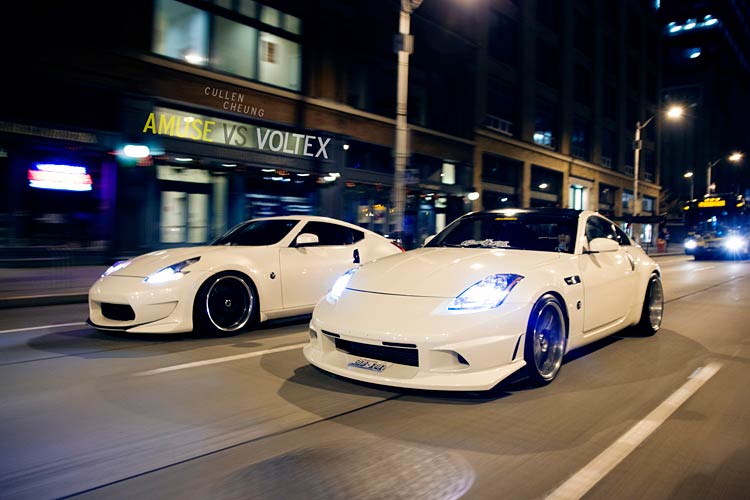
5. Nissan 350Z
The Nissan 350Z, introduced in 2002 as part of the Z-car lineup, was widely praised for its performance, handling, and sleek design. It was considered a return to form for the Z-series, with a powerful V6 engine, rear-wheel drive, and a driver-focused experience. The 350Z attracted driving enthusiasts and earned a place as one of the most beloved Japanese sports cars of the early 2000s.
However, as the years went on, the 350Z began to face criticism for its aging design, lack of refinement, and limited technological updates. While it remained a competent sports car, its competitors, such as the Mazda RX-8 and the Subaru WRX STI, began to outshine it in terms of performance and features.
The 350Z was eventually succeeded by the Nissan 370Z, but by that time, the nameplate had already lost some of its original appeal.
Despite its strong initial impact, the 350Z’s inability to evolve with consumer preferences and the competition led to its decline. Today, the 350Z is remembered as a great sports car of its time, but one that failed to maintain its relevance in the face of more modern alternatives.
The evolution of automotive nameplates showcases the importance of innovation and adaptability in maintaining relevance. Some cars, like the Honda Civic and Ford Mustang, have successfully evolved to meet changing consumer preferences and technological advancements, ensuring their place at the forefront of their respective segments.
On the other hand, nameplates like the Chevrolet Impala and Dodge Dart serve as reminders of the challenges that come with trying to maintain relevance in an ever-evolving industry. Whether through a focus on modern design, advanced technology, or performance, the cars that thrive are those that successfully balance their heritage with innovation

